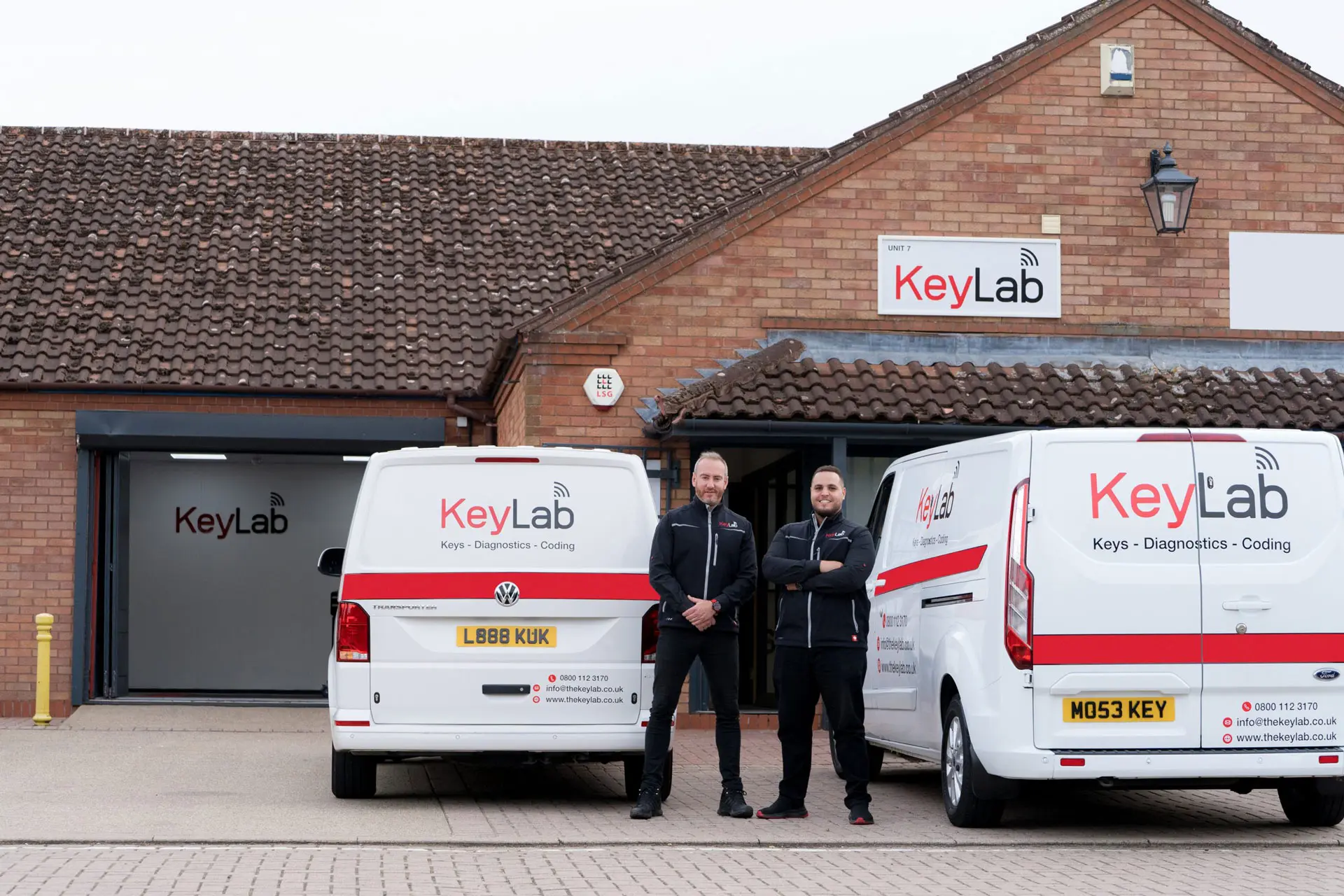Broken Key Repair: Solutions for Common Lock Issues
Intro
Keys are necessary tools in our every day lives, permitting us to secure our homes, cars, and personal belongings. However, they can also break, leading to frustrations and hassles. Understanding how to address broken key problems is essential for anybody wanting to preserve their locks and make sure access to their residential or commercial property. This article covers different elements of broken key repair, consisting of typical causes, repair techniques, and preventive steps to avoid future instances.
Common Causes of Broken Keys
Keys can break for numerous reasons. Understanding these causes can assist in preventing future occurrences:
- Wear and Tear: Over time, keys can use down due to regular use, resulting in weakened shafts that are most likely to break.
- Poor Key Design: Keys that are inadequately developed might lack structural stability, making them more prone to breaking under stress.
- Inaccurate Key Usage: Using extreme force to turn a key, especially in a jammed lock, can quickly result in a breakage.
- Environmental Factors: Extreme temperature levels or exposure to moisture can deteriorate metal keys, leading to brittleness.
- Lock Malfunctions: A malfunctioning lock can position excessive stress on a key, triggering it to snap during operation.
Signs of a Broken Key
Recognizing a broken key frequently features apparent signs. Here are some indications:
- Partial insertion into the lock: If the key can not be completely inserted or eliminated.
- Sudden resistance: If the key feels stuck when being turned.
- Noticeable divides or fractures: Inspecting the key can expose cracks or breaks in the metal.
- Incomplete engagement: The key might turn less than needed to activate the lock.
Methods for Broken Key Repair
When confronted with a broken key, there are a number of methods to think about for repair. It is vital to choose the right one based on your specific scenario.
1. Get Rid Of the Broken Key
If a key breaks within a lock, the very first action is to eliminate the broken part:
- Use tweezers or needle-nose pliers: If a piece is protruding of the lock, carefully pull it out.
- Insert a key extractor tool: This specific tool can assist extract lodged parts more effectively.
| Tool | Finest Used For |
|---|---|
| Tweezers | Shallow extraction |
| Key extractor tool | Deeply lodged key pieces |
| Lube spray | Easing extraction of stuck parts |
2. Superglue Method
For circumstances where a key has actually partially broken but is undamaged enough to remain grasped, the superglue method may provide a short-term fix.
- Tidy the broken surfaces thoroughly.
- Apply a thin layer of superglue.
- Hold the pieces together for a few minutes till the glue sets.
Keep in mind: This technique is not a long-term solution and must be utilized with caution as the repair can easily fail under functional stress.
3. Metal Epoxy
For a more robust repair, metal epoxy supplies a more powerful bond than superglue.
- Follow the directions on the epoxy packaging for preparing the adhesive.
- Apply to the broken location and hold until set (typically a couple of hours).
4. Duplicate the Key
In circumstances where lock functionality is important, producing a duplicate key is often the best route:
- Visit a locksmith: Many locksmith professionals can replicate keys rapidly and effectively.
- Use a key-tracing service: Some locksmiths utilize tracing methods to cut an identical key based upon the residues.
5. Lock Replacement
When keys repeatedly break, it might be because of lock problems rather than key stability. In such cases:
- Consult a locksmith to examine the lock's condition.
- Think about replacing the lock entirely if considerable damage or wear appears.
Avoiding Key Breakage
Avoiding key damage is frequently better than repair. Here are some practical ideas:
- Limit force on keys: Always turn keys carefully to prevent unneeded tension.
- Routine key examination: Check for wear and replace keys showing signs of damage.
- Utilize a keychain: Prevent excessive flexing by utilizing a tough keychain.
- Oil locks: Ensure locks run smoothly to decrease pressure on keys.
- Shop keys correctly: Avoid placing type in environments that can cause rust or corrosion.
FAQs About Broken Key Repair
1. Can I repair a broken key myself?
Yes, you can attempt to repair a broken key yourself using methods like the superglue or metal epoxy strategies. However, these are short-lived repairs, and it is advisable to speak with an expert locksmith for a more durable option.
2. Is keyless entry battery replacement repairing a broken key?
Sometimes, specifically with emotional or unique keys, a repair may deserve it. For basic keys, duplication or replacement is typically more efficient and trustworthy.
3. How can I avoid my keys from breaking?
To avoid breakage, make sure that keys are not subjected to extreme force, regularly check them for wear, and keep locks well-maintained.
4. When should I seek a locksmith's aid?
If you are unable to remove a broken key from a lock or if the lock breakdowns regularly, it's best to seek a locksmith's competence.
Broken keys can present a substantial hassle, but they are workable with the ideal approach. By comprehending the common causes and readily available repair techniques, individuals can react efficiently to key damage. Drawing from preventive measures will likewise help maintain key stability and performance. Eventually, a proactive approach to key and lock upkeep can substantially reduce the frequency of these bothersome issues.

